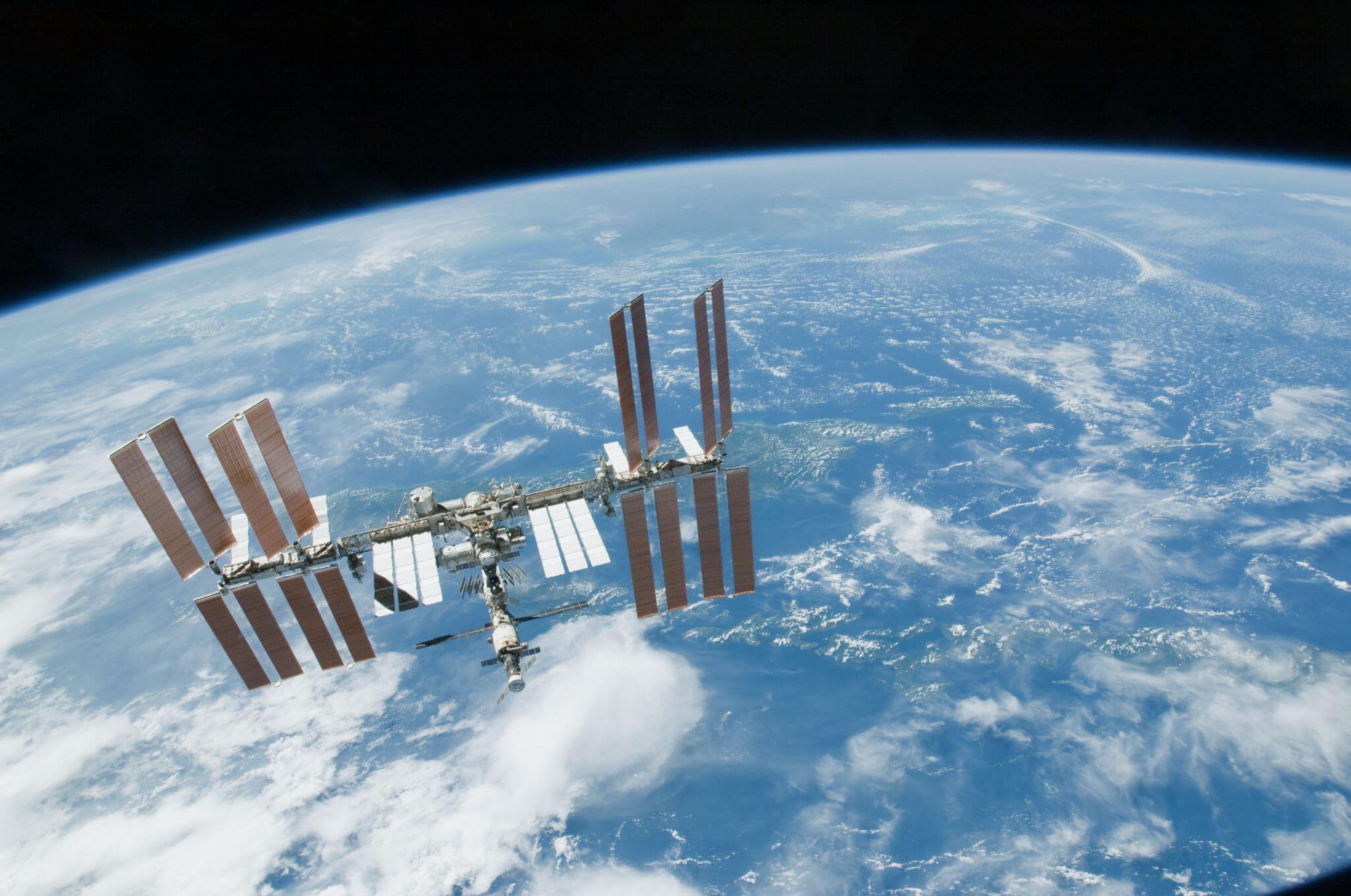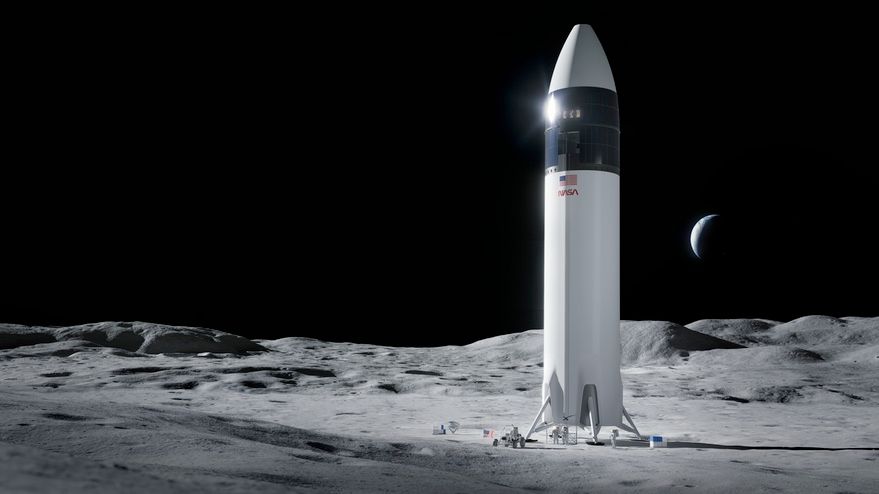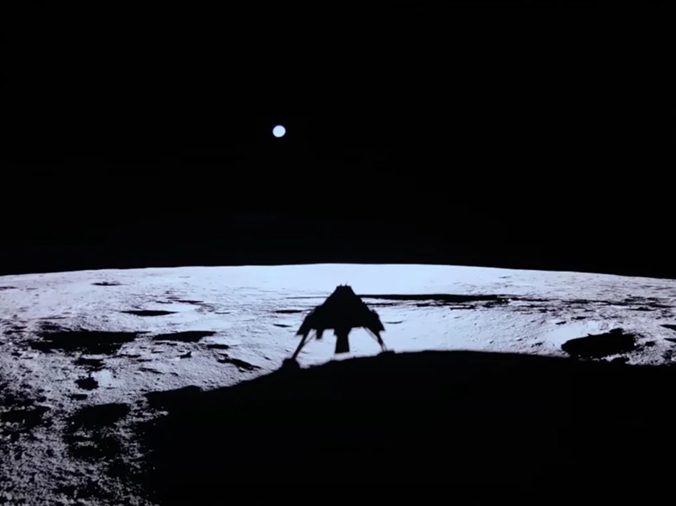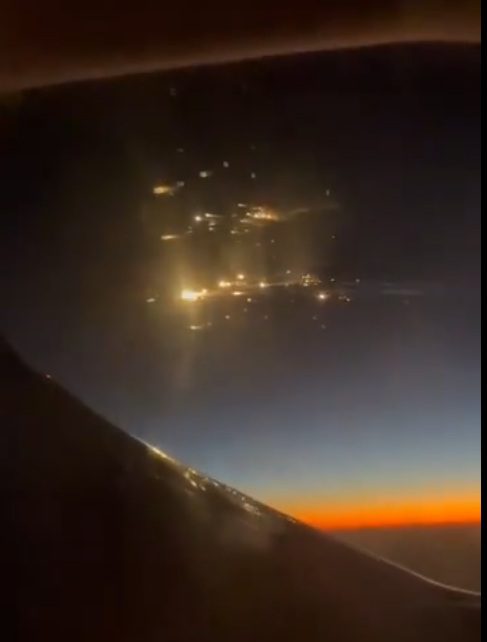In a further indication that Russia seems intent on going back to a Soviet-style command structure, the Russian Government has approved the merger of the Russian Space Agency, Roscosmos, with mega-corporation United Rocket and Space Corp (URSC).
Originally, it had been planned that Roscosmos would remain a separate “commissioning” agency, with URSC – formed in 2014 through the consolidation of most of Russia’s space companies – being the executor of the agency’s plans. However, in a change of thinking, it has been decided to make URSC and Roscosmos one and the same.
It is expected that, following the merger, the current head of Roscosmos, Oleg Ostapenko, will make way for the current URSC leader, Igor Komarov. Instead, Ostpenko will take a role in the new organisation, probably as head of one of the subsidiary corporations under Komarov.
As a rule, private firms tend to be better run and more efficient and competitive than state-run operations. While this efficiency mainly benefits the private firms’ shareholders, customers win as well if the market is truly competitive.
However, it can also be true that sometimes “state run” is best. This is usually where private industry cannot be trusted not to abuse its position in a monopoly or cartel-like situation. The water and energy utilities and the railways come to mind, where experience shows that even state-appointed market regulators are often too ineffectual to prevent such abuse. The other instance is where a public service non-commercial ethic is required e.g. the armed forces and rescue services (take note those UK Government ministers who saw fit to privatise Air-Sea rescue).
However, neither of these cases really holds true for the latest Russian move, even if space has an acknowledged military bias. Consolidating the entire Russian space industry into one all-powerful firm is, therefore, probably a mistake. Merging its overseeing/commissioning agency into this body looks doubly misguided. While such a structure could theoretically remove duplication and make major economy-of-scale savings, in reality such massive state-run enterprises usually turn into uncompetitive, bureaucratic and corrupt organisations offering poor quality products and services: a disease already afflicting some of Russia’s state-run space enterprises.
A better model is in USA where private firms bid for funds from a public commissioning agency (NASA, DoD etc) for the execution of space projects. The American taxpayer has not always benefited from this approach, usually due to overly-cosy relationships between government and the major industry players, or because the private side manages to pull the wool over the eyes of inexpert public employees. Nevertheless, NASA’s recent commissioning successes with its commercial space transportation programmes show just how well private and public entities can work together* so long as the contracts are properly run. Even Communist China has woken up to the danger of monopolistic state-run firms running space contracts. It now tries to ensure that its design academies and other organisations compete against each other when they can.
*Excepting NASA’s short-termism in its final choice of commercial crew winners.





